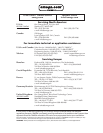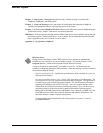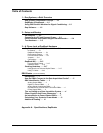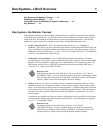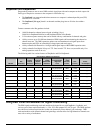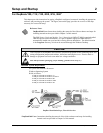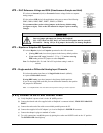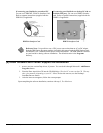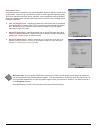
OMB-DaqBook User’s Manual 10-29-02 v
Manual Layout
Chapter 1 – Daq Systems, a Brief Overview discusses the “modular concept” associated with
DaqBooks, DaqBoards, and DBK options.
Chapter 2 – Setup and Startup provides instructions for configuring and connecting a DaqBook;
installing the appropriate software, and supplying power to the system.
Chapter 3 - A Closer Look at DaqBook Hardware discusses the differences between DaqBook models,
performance factors, jumpers, connections, and stacking hardware.
DBK Basics – discusses option cards and modules (DBKs) that can be used to enhance and expand data
acquisition systems. Note that DBK Basics is not a chapter, but an independent document module
that is applicable to this user’s manual, as well as others.
Appendix A – Specifications, DaqBooks
Reference Notes:
During software installation, Adobe
®
PDF versions of user manuals are automatically
installed onto your hard drive as a part of product support. The default location is in the
Programs directory, which can be accessed from the Windows Desktop.
A copy of the Adobe Acrobat Reader
®
is included on your CD. The Reader provides
a means of reading and printing the PDF documents. Note that hardcopy versions of manuals
can be ordered from the factory.
DaqView and DaqViewXL – explains the use and features of the included out-of-the-box
data acquisition software.
Post Acquisition Data Analysis User’s Guide– This pdf consists of two documents. The
first discusses eZ-PostView, a post data acquisition analysis program. The application is
included free as a part of DaqTemp product support. The second includes information
regarding eZ-FrequencyView and eZ-TimeView. These two applications have more
features than does eZ-PostView and are available for purchase. They can; however, be
used freely during a 30-day trial period.For detailed information regarding specific
DBKs, refer to the DBK Option Cards and Modules User’s Manual, p/n OMB-457-0905.
Each DBK section includes device-specific hardware and software information. The
document includes a chapter on power management.
For programming-related information refer to the separate Programmer’s Manual,
p/n OMB-1008-0901.




